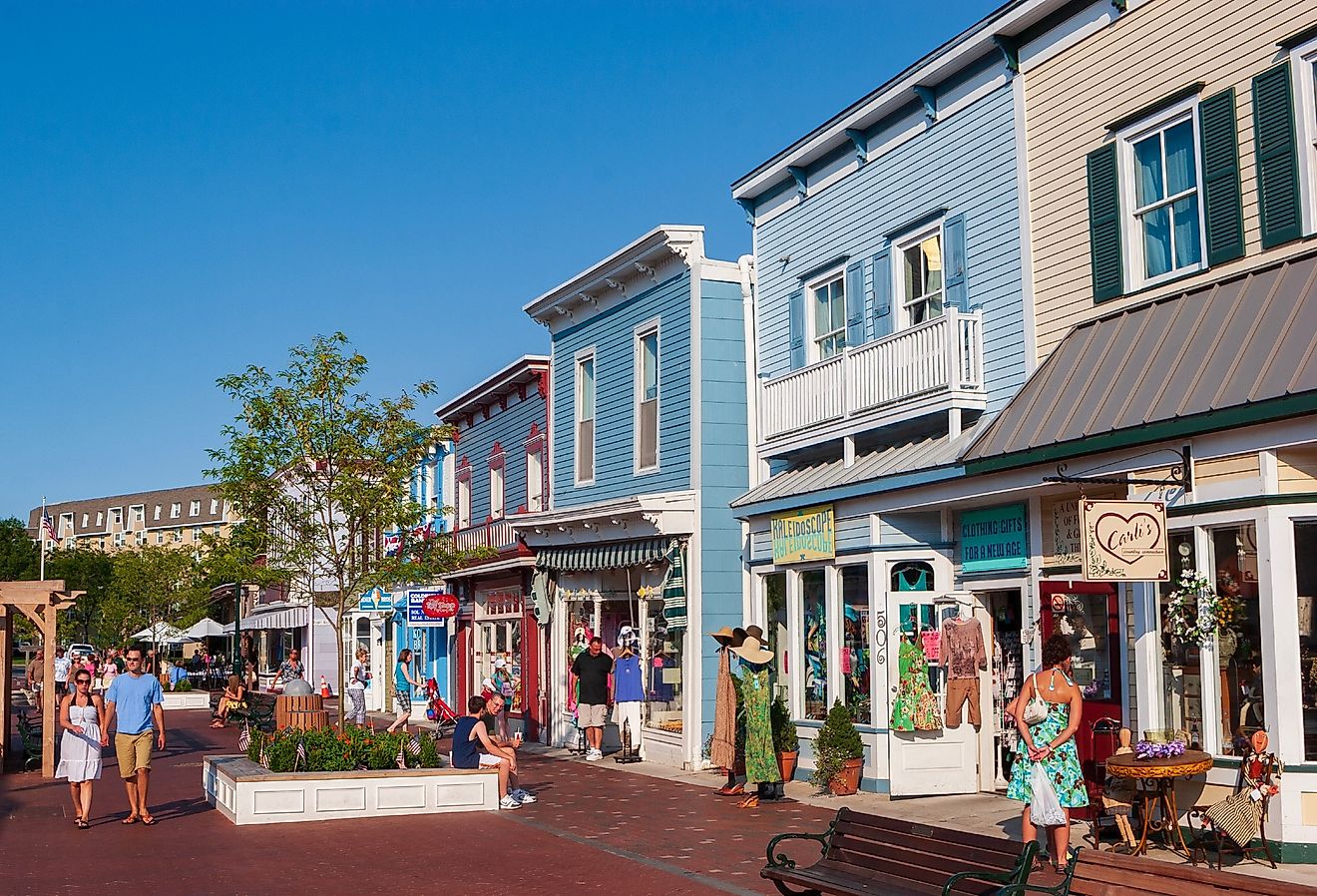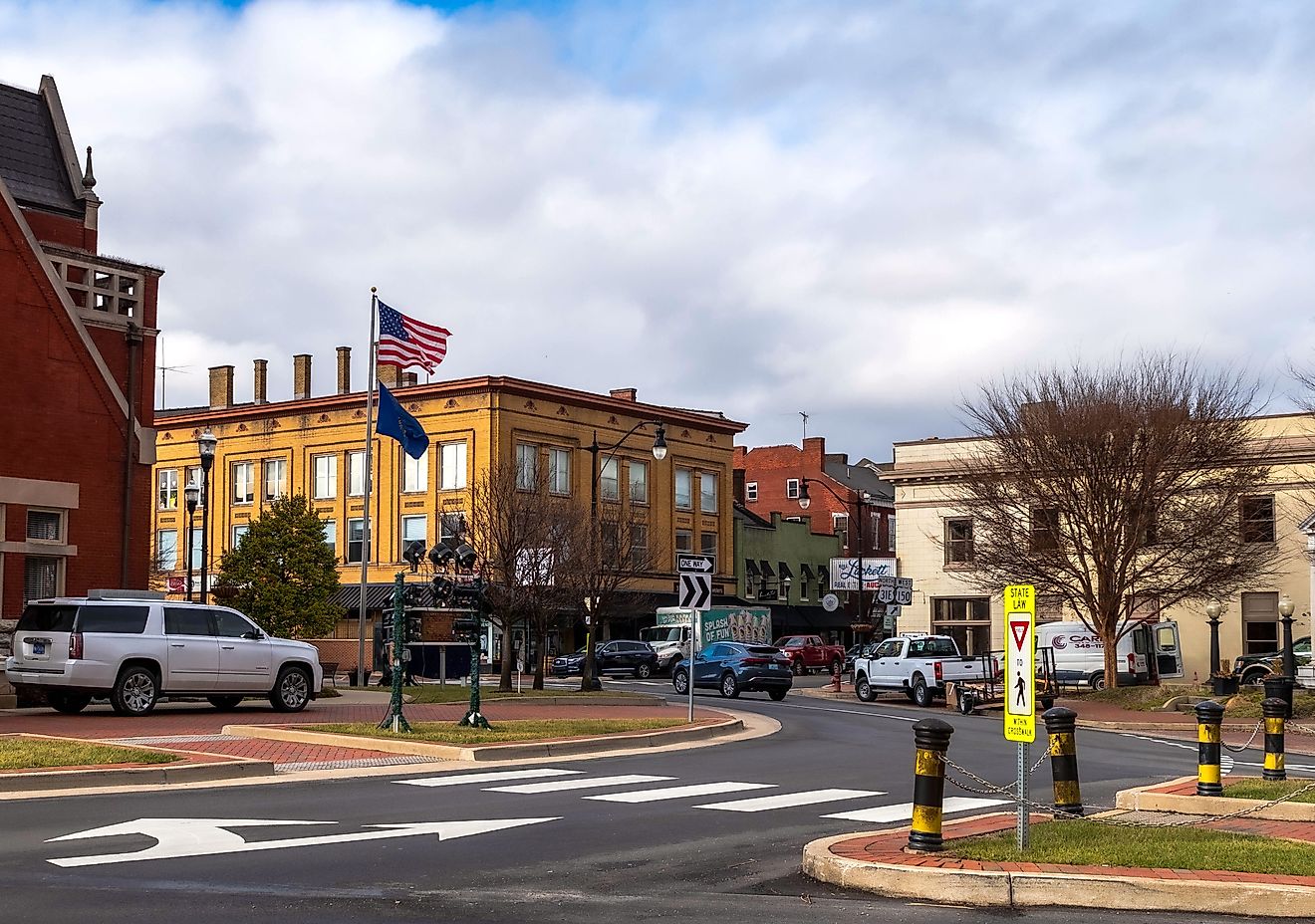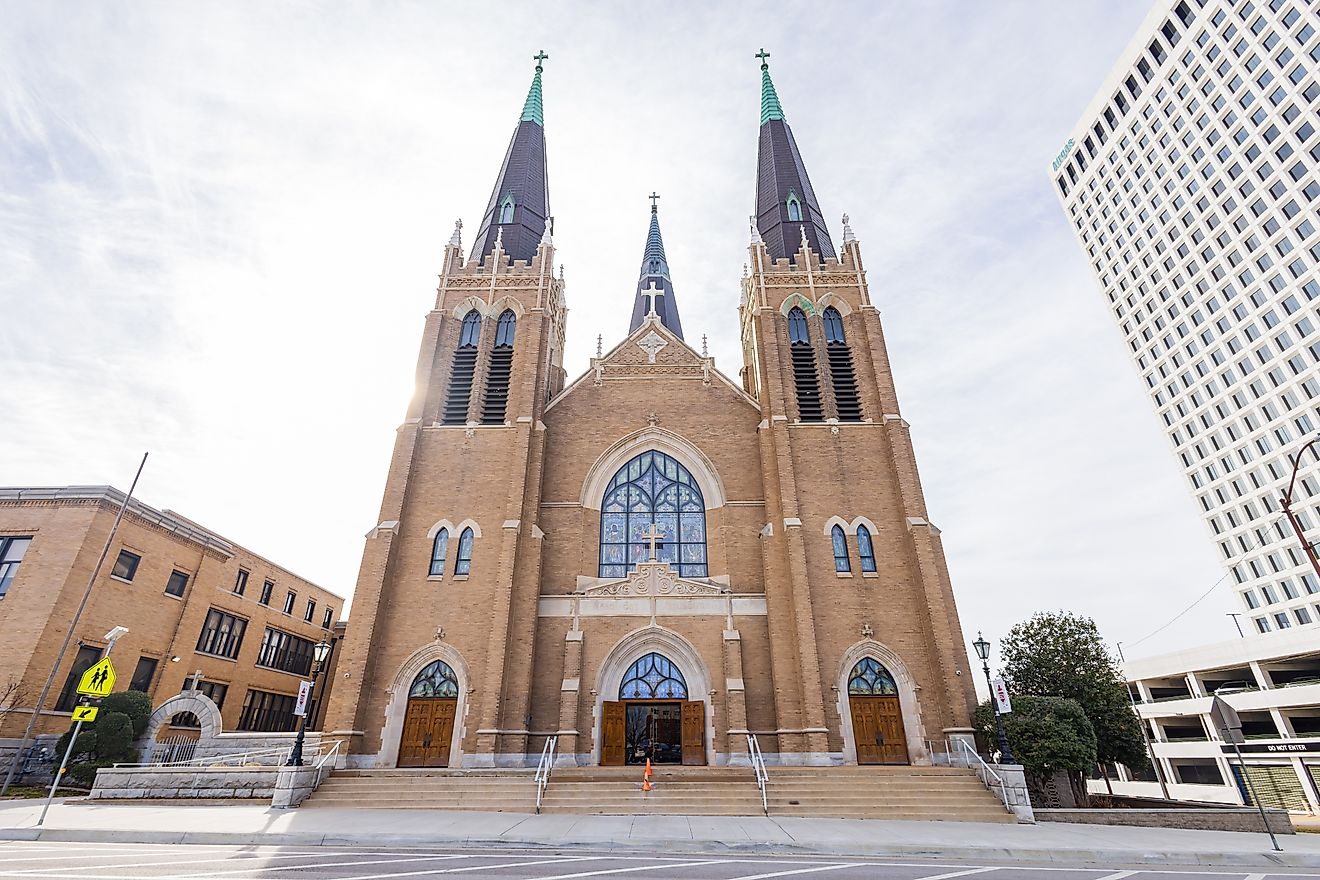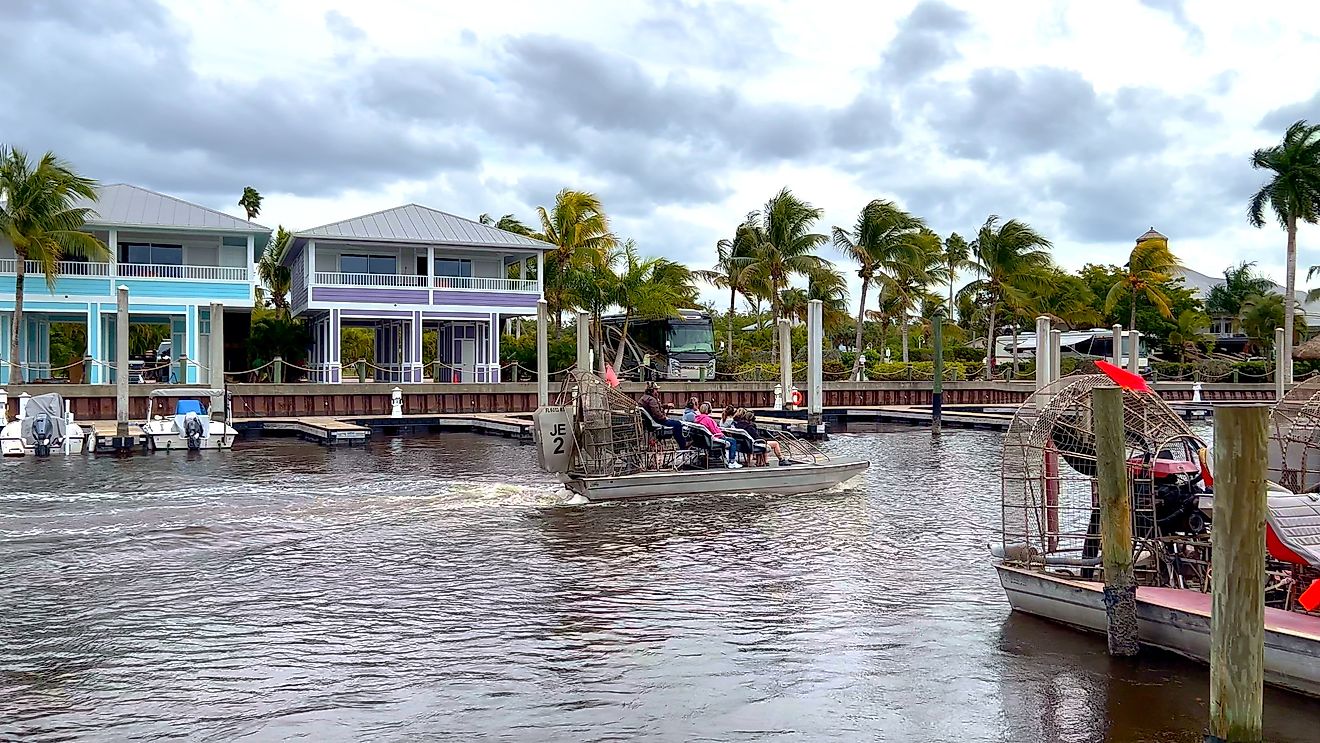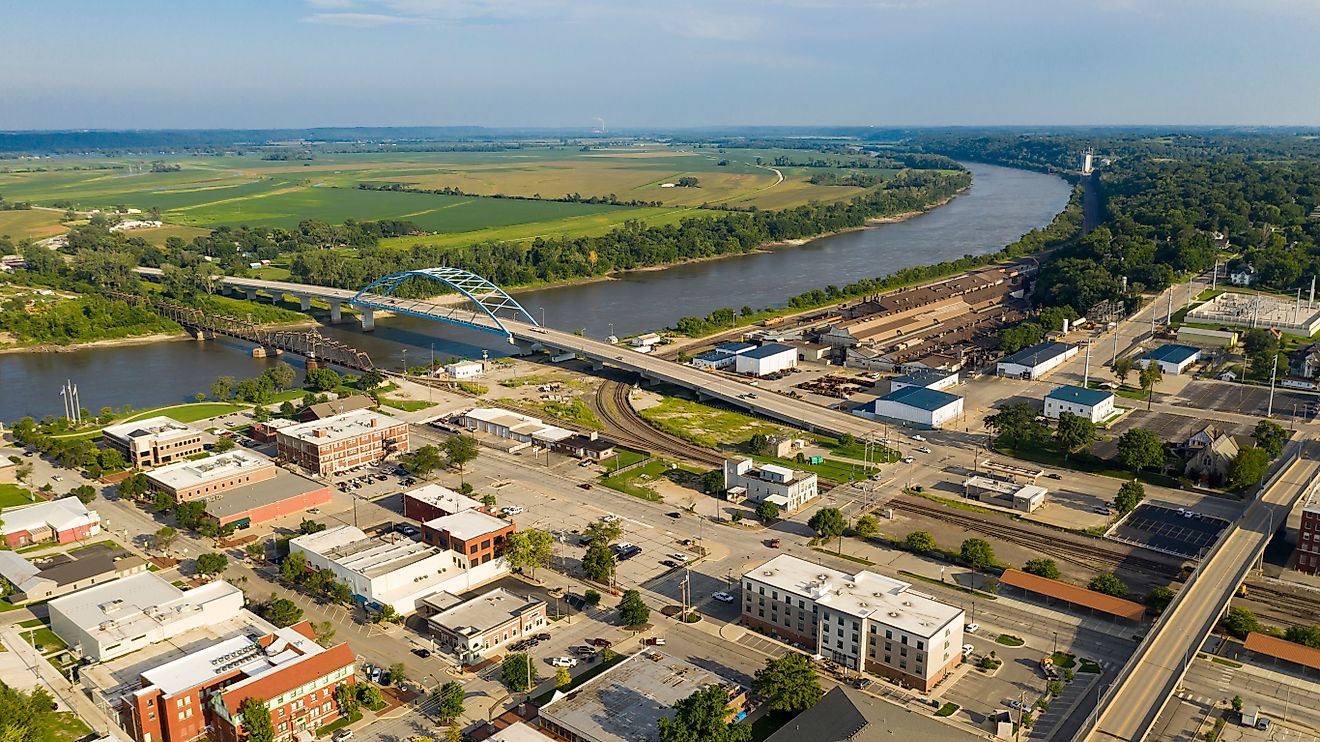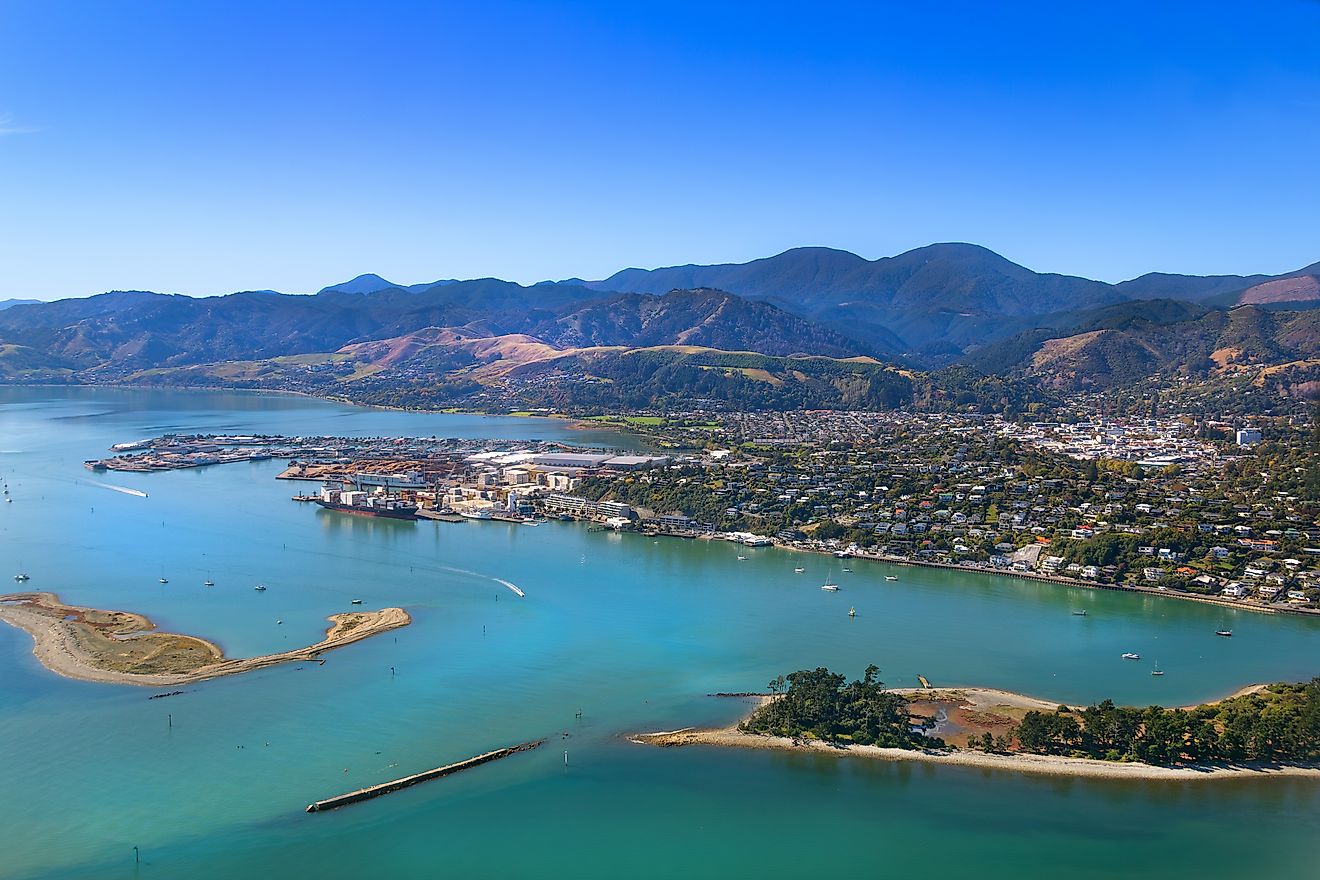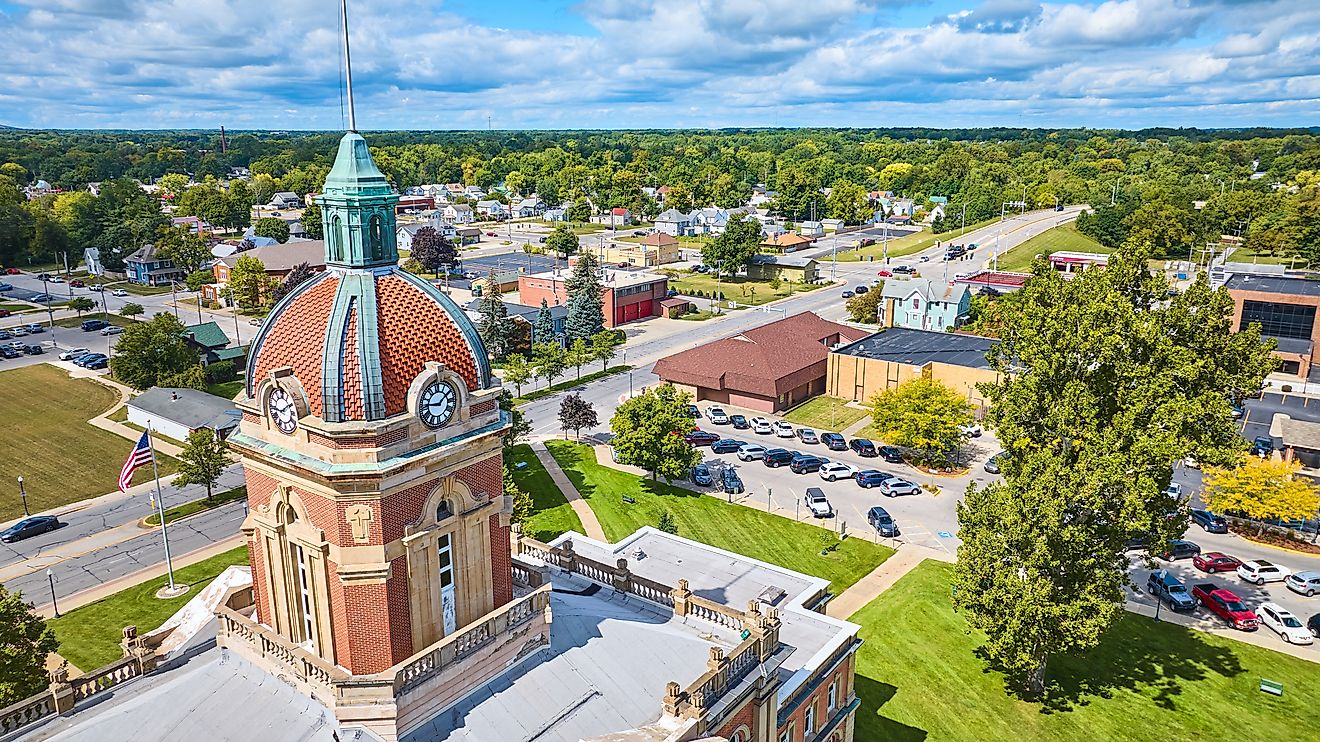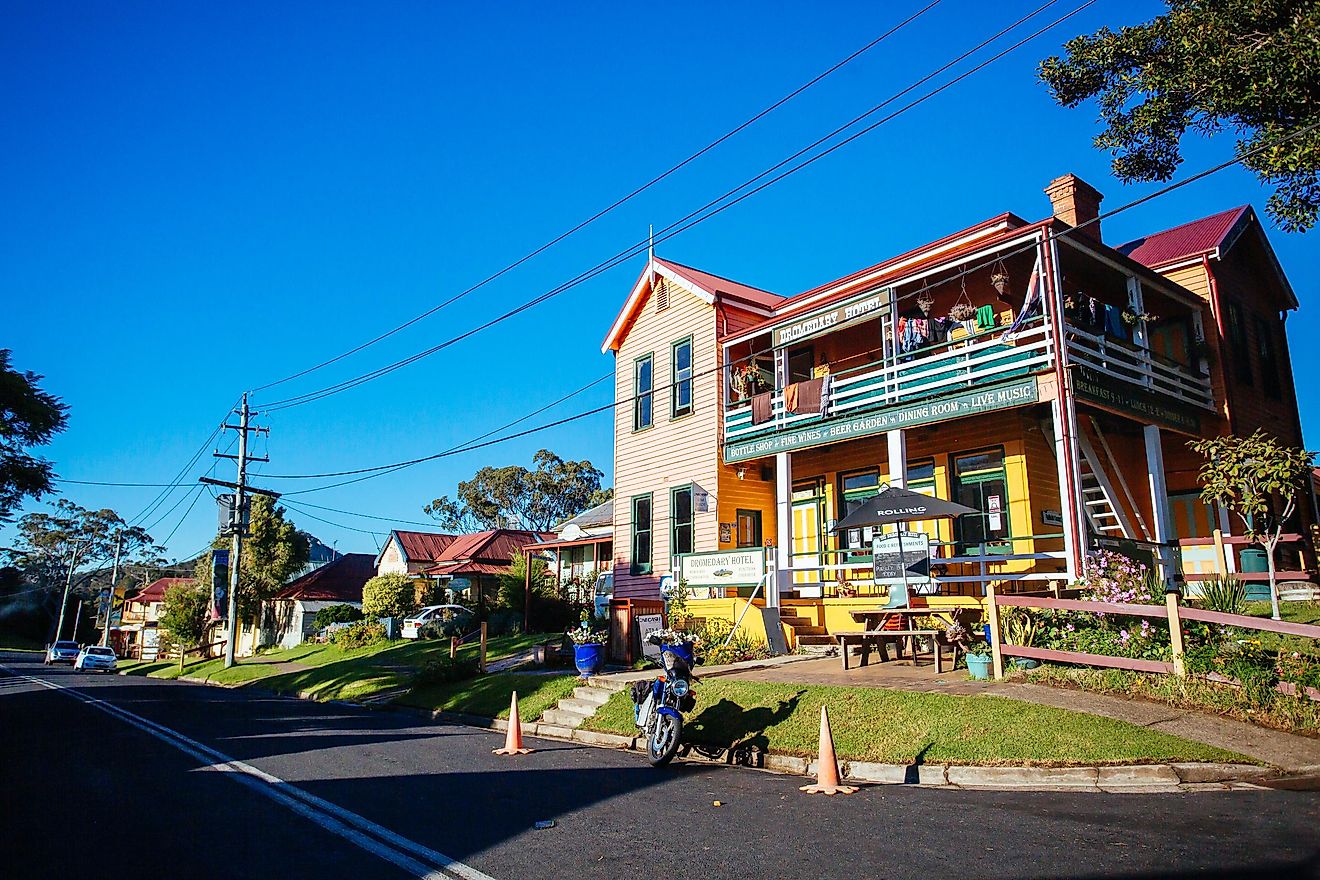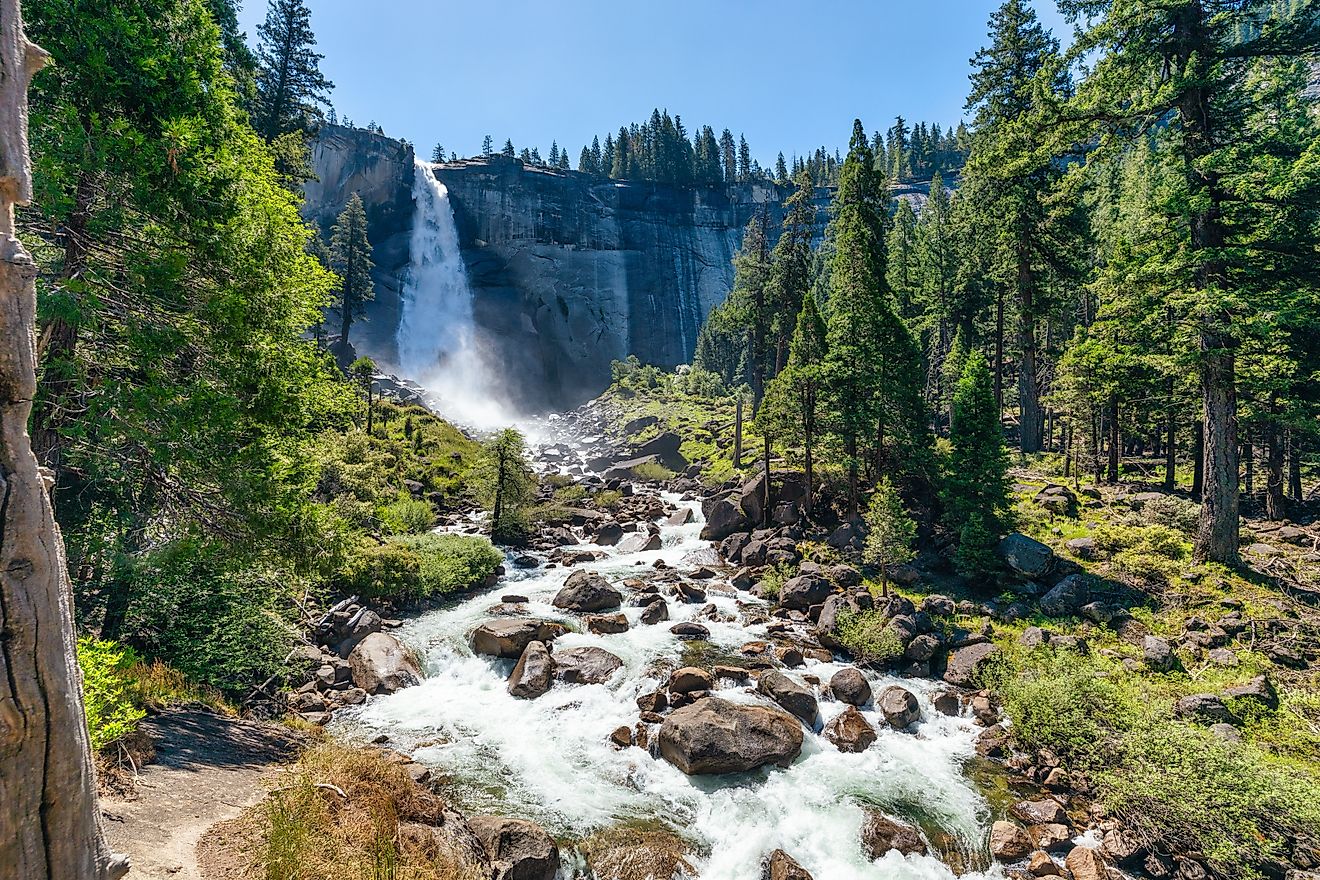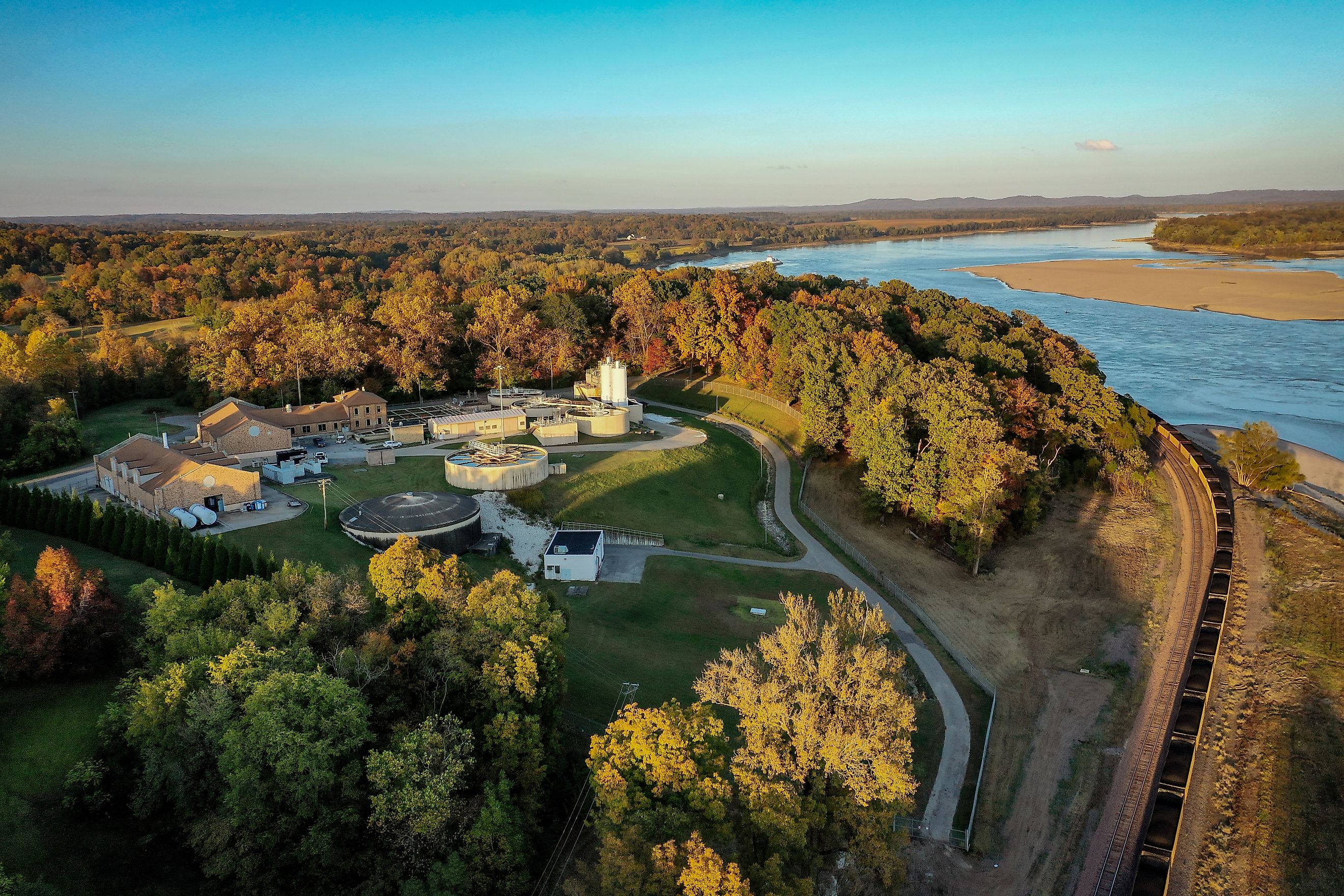
7 Oldest Founded Towns To Visit In The Ozarks
The Ozarks is a physiographic region in the East-Central United States that is also known as the Ozark Mountains, Ozark Highlands, and/or the Ozark Plateau. Its nearly 47,000 square-mile boundary covers most of Southern Missouri, a large slice of Northern Arkansas, a pinch of Northeastern Oklahoma, and just a touch of Southeastern Kansas. There are also 5 physiographic subregions of the Ozarks, consisting of the Boston Mountains, the Saint Francois Mountains, the Springfield Plateau, the Salem Plateau, and the Cookson Hills (which are a Western extension of the Boston Mountains). And finally, this region also has a fascinating history that includes both triumph and tragedy as European settlers began to move further West and into existing Indigenous territories. As events unfolded in the 18th and 19th centuries, permanent settlements began to take shape. The following are some of the oldest towns (or villages, or small cities) that are well worth a visit if traveling throughout the Ozarks.
Ste. Genevieve, Missouri
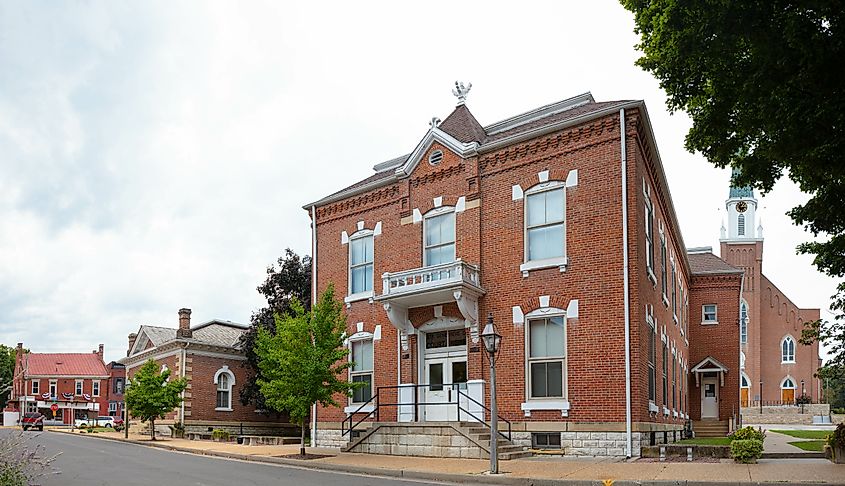
The oldest town in the Ozarks is also the first permanent, non-Indigenous settlement in not only Missouri, but West of the MIssissippi River. Ste. Genevieve was founded in approximately 1735 by French-Canadian colonists, who chose to name their new home after the patron saint of Paris. After massive flooding in 1785, Ste. Genevieve shifted its location by a few miles in order to get out of the floodplain of the Mississippi. It still rests on the West bank of the river, in Southeastern Missouri, right on the boundary of the Ozarks (to the West) and Illinois (to the East). Parts of this former village, now a small city, were recently enshrined in the Ste. Genevieve National Historical Park.
Cape Girardeau, Missouri
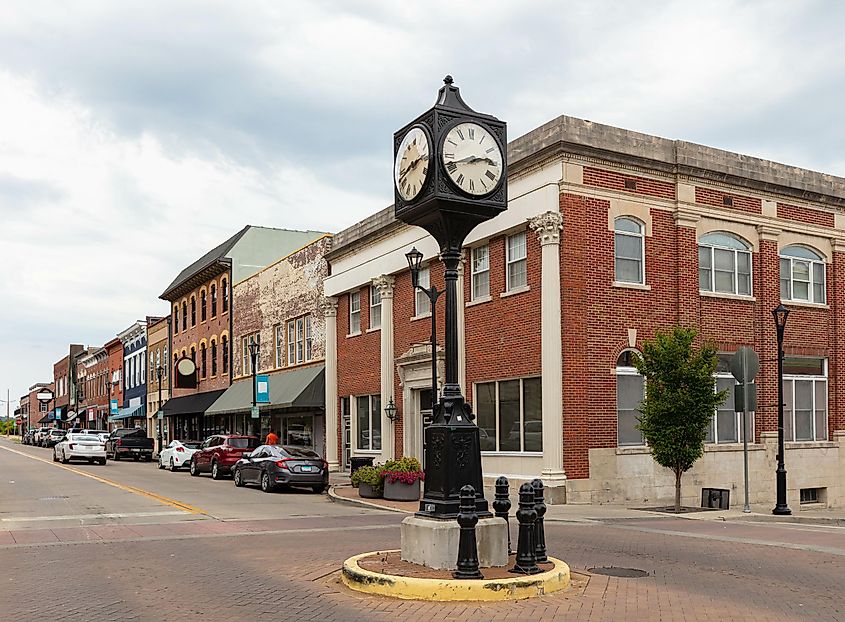
Roughly 60 miles Southeast of Ste. Genevieve, also hugging the Eastern border of the Ozarks and the Western shore of the Mississippi River, sits the modestly-sized city of Cape Girardeau. Founded in 1793, this Cape Girardeau/Scott County settlement was named after the French soldier, Jean Baptiste de Girardot, who set up a trading post in the same vicinity, 60 years prior. The "Cape" part refers to a rock formation that protrudes into the river. Here, there are a dozen historic districts on the national register, as well as many more individual historic landmarks that were erected throughout the 19th Century and into the early 20th century. Along with celebrating the adventures of Lewis and Clark, the early colonists, and the famous American author, Mark Twain, the nearby Trail of Tears State Park commemorates the forced relocation of the Cherokee people.
Caledonia, Missouri
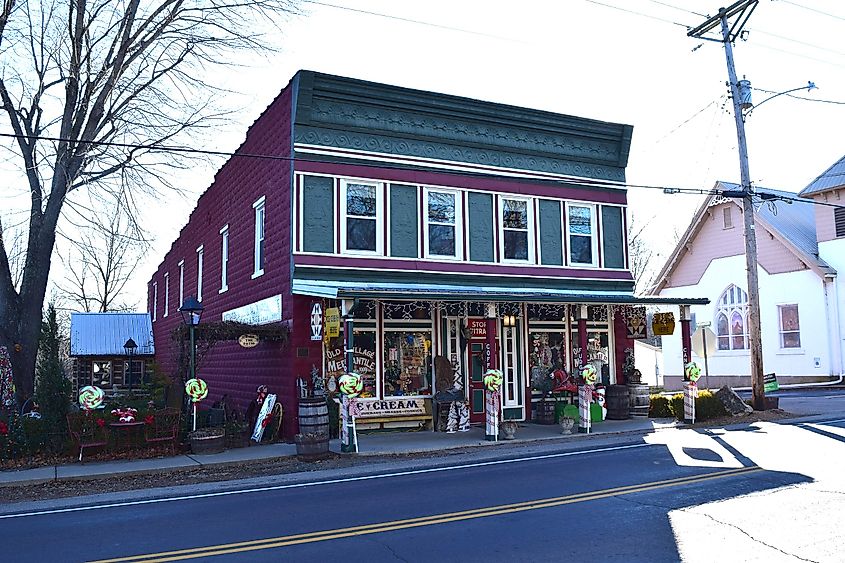
The Village of Caledonia is nestled in Bellevue Valley, in the foothills of the Ozark mountains and the thick of the Mark Twain National Forest. Caledonia was founded in 1819 by Alexander Craighead who established its humble footprint around his frontier store beside Goose Creek. The name Caledonia comes from the Roman Empire's Latin name for Scotland – his family's homeland. This Washington County community has an estimated population of 131 residents, making it the smallest incorporated village in the "Show Me" state. Caledonia is listed on the National Register of Historic Places and has resisted all signs of modern commercialization, insteading featuring 28, tastefully-restored historic homes, businesses, churches, and cemeteries, plus the beloved Old Village Mercantile, which has been in business since 1909.
Batesville, Arkansas
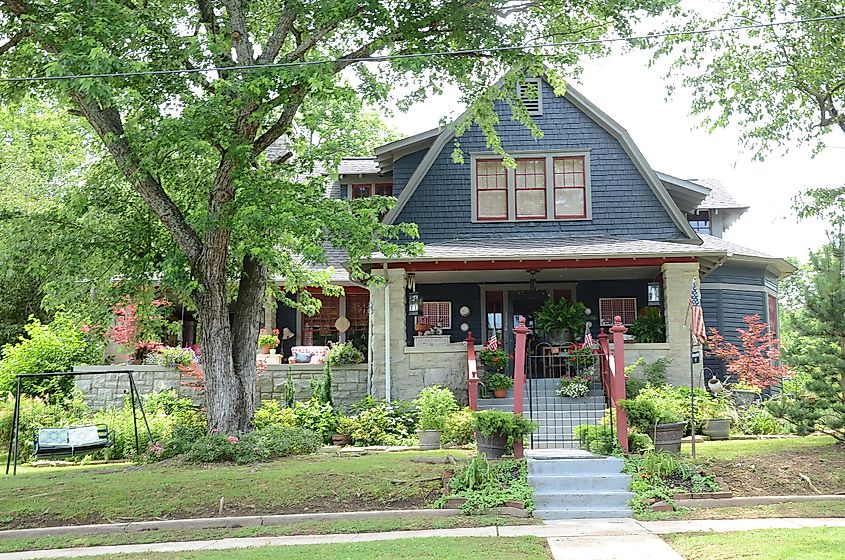
Batesville is a rather town-like city (population of a little over 11,000) in Independence County, Arkansas, on the Northern banks of the White River. It is the oldest city and second-oldest municipality (behind Georgetown) in the state, and the earliest-founded community in the Arkansas portion of the Ozarks. Batesville takes its name after James Woodson Bates – Arkansas' first delegate in the United States Congress. The founding of this town was inevitable, given the thousands of pioneers who were traveling the Old Southwest Trail, which crossed the White River, just South of modern Batesville. The area was initially referred to as Poke Bayou, after the post office that was erected in 1820. But the following year, the town was surveyed and renamed.
Fort Gibson, Oklahoma
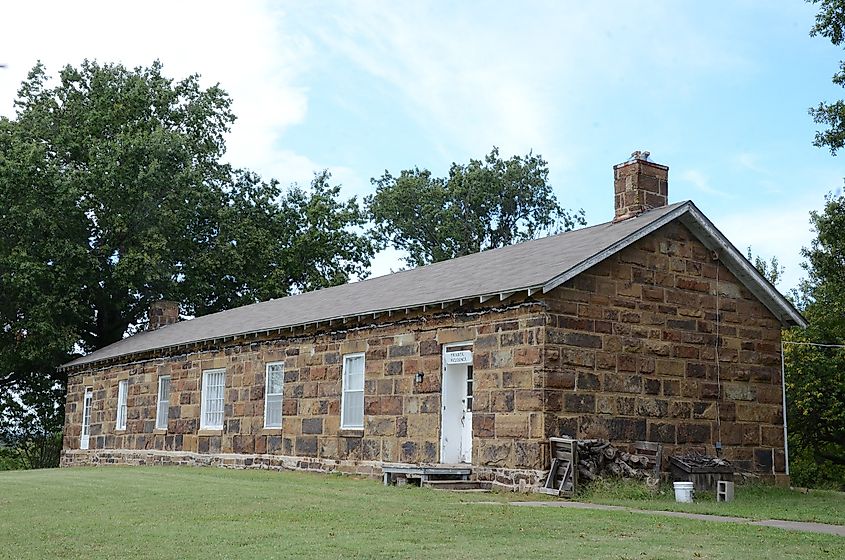
Fort Gibson is the oldest town in Oklahoma. It began as a military outpost in 1824, and operated within the relatively new and fluid Indian Territory. At that time, the fort was the Westernmost base for the United States military. Fort Gibson rests on the Eastern shore of the Arkansas River, within the Cherokee and Muskogee Counties of Northeastern Oklahoma, which is also on the Southeastern edge of the Ozark physiographic region. Nowadays, Fort Gibson is a popular summer lake town, as it sits just South of Lake Fort Gibson, as well as Sequoyah State Park. But the Fort Gibson Historical Site is also a National Historic Landmark. Visitors can tour the reconstructed log fort, as well as many of the original buildings that were erected between 1840 and 1870.
Pocahontas, Arkansas
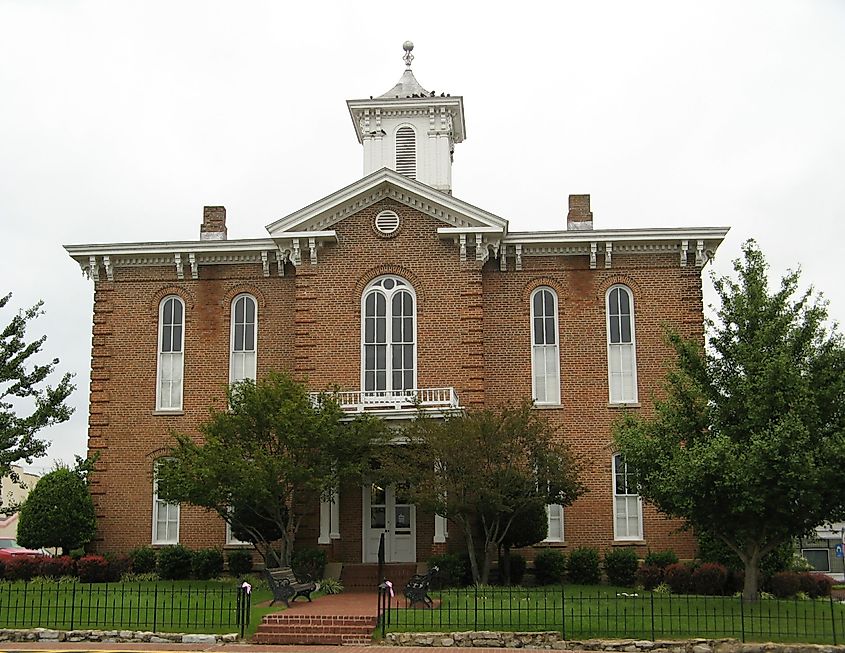
A little over 60 miles Northeast of Batesville, near the Southeast boundary of the Ozarks region, sits the small city of Pocahontas. This Randolph County community was formally founded in 1835, on the Black River. Given its early establishment and strategic position in the Northeast corner of Arkansas, Pocahontas was the first supply stop for many frontiersmen upon reaching Arkansas via the Southwest Trail. Those itching to learn more about this wild time in American history will be delighted by downtown Pocahontas, which at 17-square-blocks (filled with red-brick, Victorian-style buildings) is one of the largest National Historic Districts in "The Natural State." Amidst the wander through time, be sure to stop into the Randolph County Heritage Museum at the town square.
Tahlequah, Oklahoma
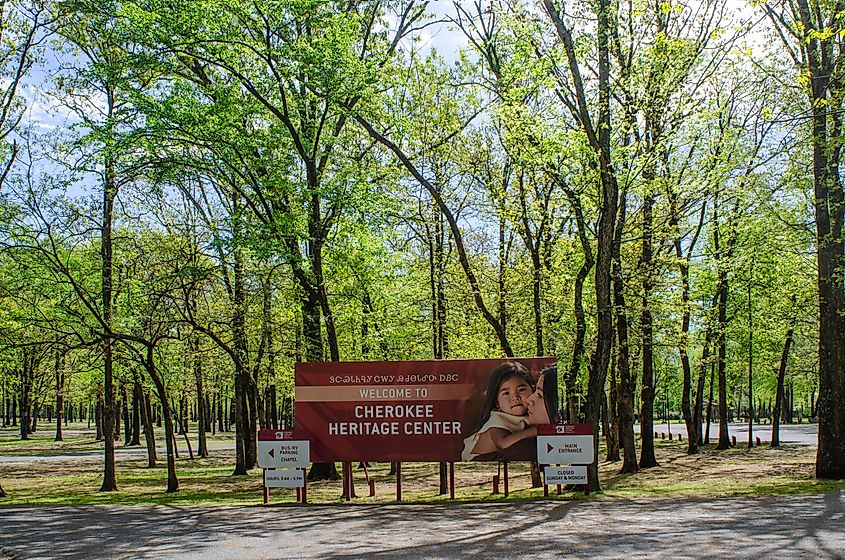
Tahlequah is located some 25 miles Northeast of Fort Gibson, in the Southwestern foothills of the Ozark Mountains – a region commonly referred to as the "Green Country" or "Lakes Country" (Lake Fort Gibson and Lake Tenkiller are both nearby). Along with being the seat of Cherokee County, Tahlequah is also the capital of the Cherokee Nation and the Keetoowah Band of Cherokee Indians. It was founded between 1838-39 as the first government capital of any kind, not only in the newly established territory for the Indigenous peoples that were forcibly relocated (an event known as the "Trail of Tears"), but also the budding state as a whole. The name Tahlequah is thought to stem from the Cherokee word Ta'ligwu – referring to the meeting of elders that took place after arriving in what would become their new home.
The Ozarks is the largest highland region between the Rocky Mountains in the West and the Appalachian Mountains in the East. It spans parts of four states, is filled with five distinct environmental subregions, and peppered with old settlements that have a living, breathing history. Visiting the seven oldest towns in the area is a great way to learn about an impactful period in American history, while also enjoying the beauty of a lush, undulating terrain spliced with vital river systems.
